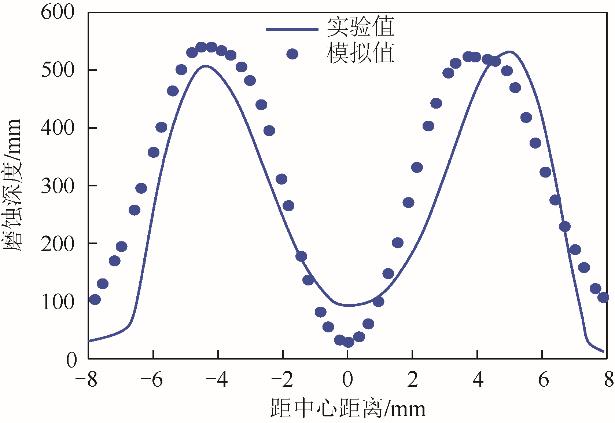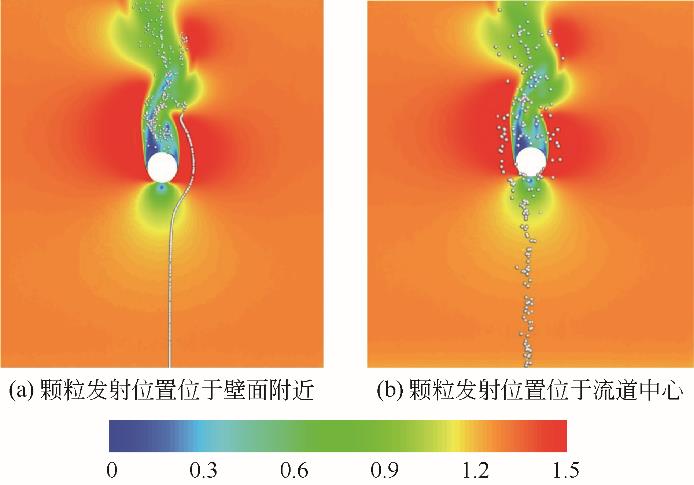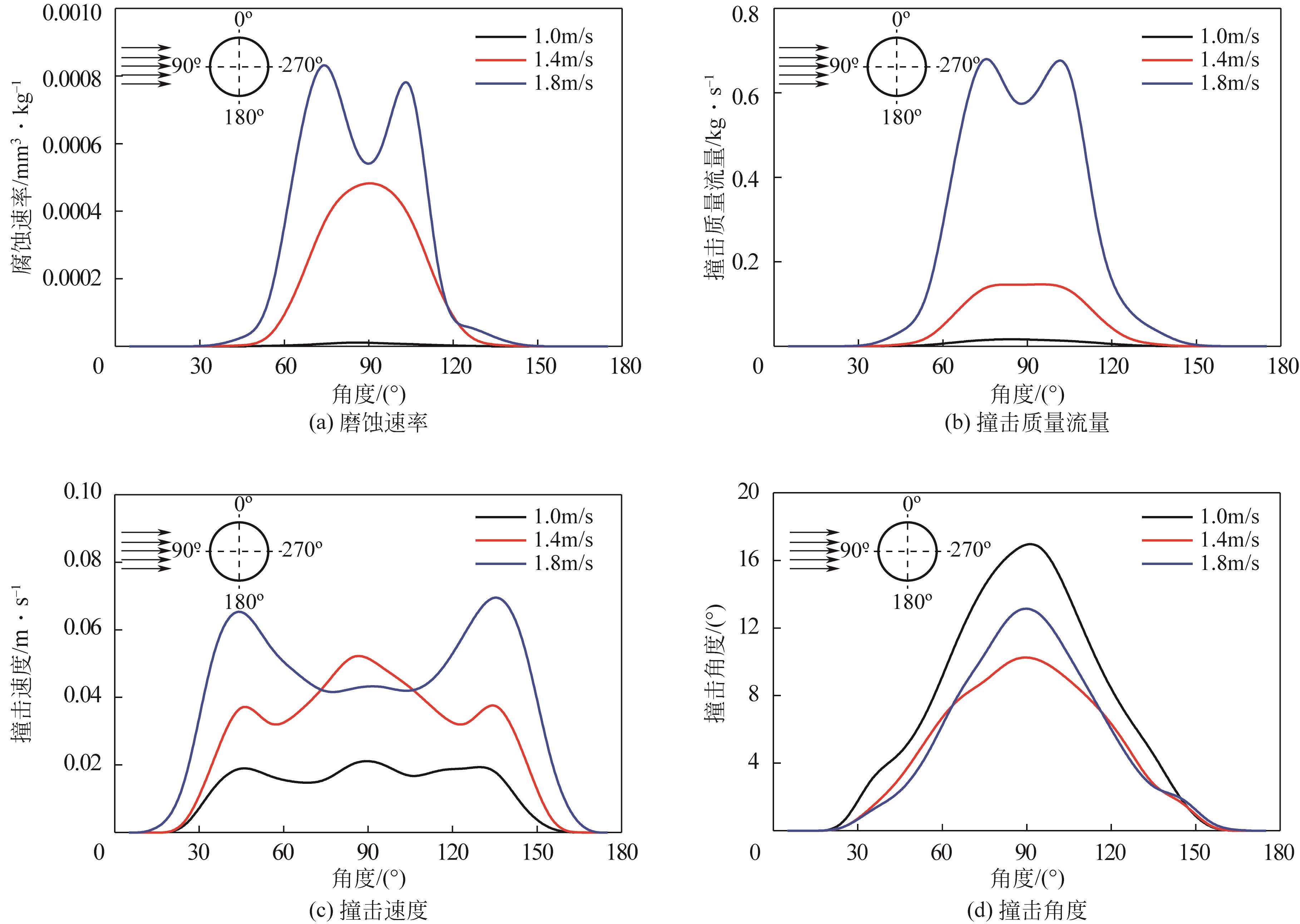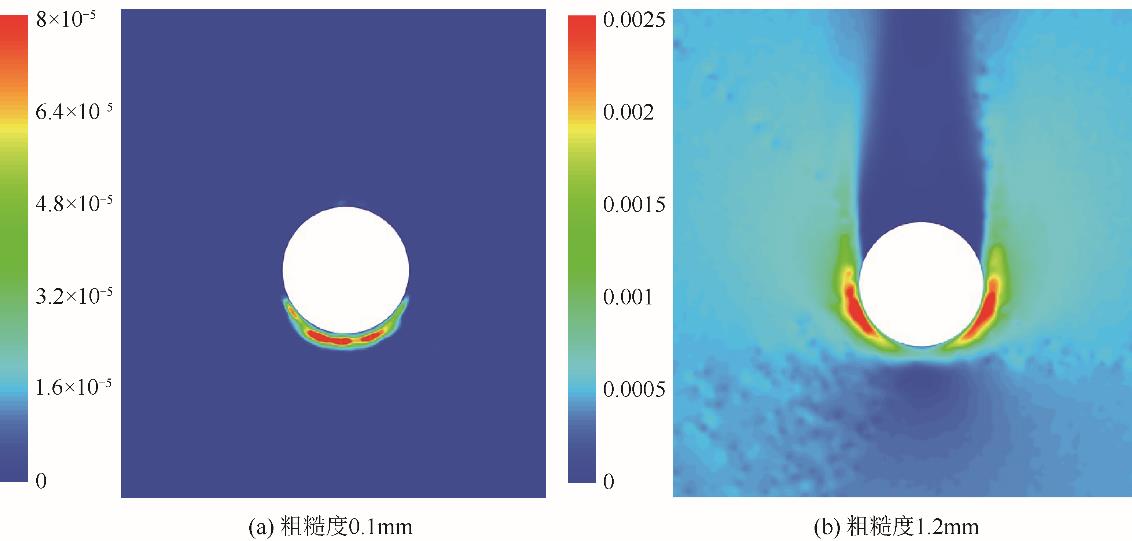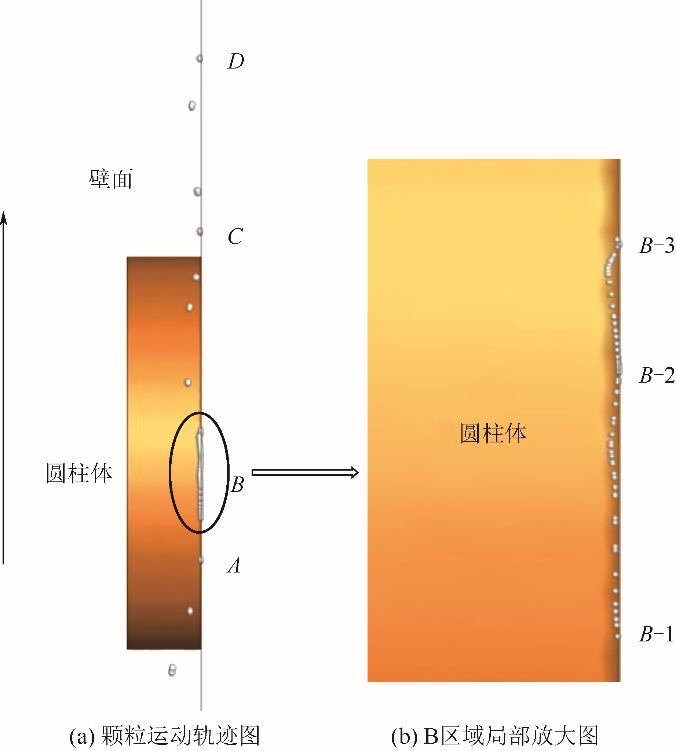| 1 |
DESALE G R, GANDHI B K, JAIN S C. Particle size effects on the slurry erosion of aluminium alloy (AA 6063)[J]. Wear, 2009, 266: 1066-1071.
|
| 2 |
NGUYEN V B, NGUYEN Q B, ZHANG Y W, et al. Effect of particle size on erosion characteristics[J]. Wear, 2016, 348-349: 126-137.
|
| 3 |
STACHOWIAK G B. The effects of particle characteristics on three-body abrasive wear[J]. Wear, 2001, 249: 201-207.
|
| 4 |
WALKER C I, HAMBE M. Influence of particle shape on slurry wear of white iron[J].Wear, 2015: 1021-1027.
|
| 5 |
ARABNEJAD H, SHIRAZI S A, MCLAURY B S, et al. The effect of erodent particle hardness on the erosion of stainless steel[J]. Wear, 2015, 332/333: 1098-1103.
|
| 6 |
DESALE G R, GANDHI B K, JAIN S C. Slurry erosion of ductile materials under normal impact condition[J]. Wear, 2008, 264: 322-330.
|
| 7 |
ABD-ELRHMAN, ABOUEL-KASEM A, EMARA K M, et al. Effect of impact angle on slurry erosion behavior and mechanisms of carburized AISI 5117 steel[J]. Journal of Tribology, 2014, 136: 011106.
|
| 8 |
ISLAM M A, FARHAT Z N. Effect of impact angle and velocity on erosion of API X42 pipeline steel under high abrasive feed rate[J]. Wear, 2014, 311: 180-190.
|
| 9 |
OKA Y I, OKAMURA K, YOSHIDA T. Practical estimation of erosion damage caused by solid particle impact part I: Effects of impact parameters on a predictive equation[J]. Wear, 2005, 259: 95-101.
|
| 10 |
SHIMIZU K, XINBA Y A. Solid particle erosion and mechanical properties of stainless steels at elevated temperature[J]. Wear, 2011, 271: 1357-1364.
|
| 11 |
LI X, DING H, HUANG Z, et al. Solid particle erosion-wear behavior of SiC-Si3N4 composite ceramic at elevated temperature[J]. Ceramics International, 2014, 40: 16201-16207.
|
| 12 |
BEN-AMI Y, UZI A, LEVY A. Modelling the particles impingement angle to produce maximum erosion[J]. Powder Technology, 2016, 301: 1032-1043.
|
| 13 |
UZI A, LEVY A. On the relationship between erosion, energy dissipation and particle size[J]. Wear, 2019, 428-429: 404-416.
|
| 14 |
WANG Z T. Erosion model for brittle materials under low-speed impacts [J]. Journal of Tribology, 2020, 142: 074501.
|
| 15 |
ADEDEJI O E, DUARTE C A R. Prediction of thickness loss in a standard 90° elbow using erosion-coupled dynamic mesh[J]. Wear, 2020, 460-461: 203400.
|
| 16 |
YU W C, FEDE P, CLIMENT E, et al. Multi-fluid approach for the numerical prediction of wall erosion in an elbow[J]. Powder Technology, 2019, 354: 561-581.
|
| 17 |
ARABNEJAD H, SHIRAZI S A, MCLAURY B S, et al. The effect of erodent particle hardness on the erosion of stainless steel[J]. Wear, 2015, 332-333: 1098-1103.
|
| 18 |
任立波, 赵新强, 张少峰. 水平窄矩形通道内液固两相的流动特性[J]. 化工进展, 2018, 37(6): 2092-2100.
|
|
REN Libo, ZHAO Xinqiang, ZHANG Shaofeng. Hydrodynamic investigation of liquid-solid flows in horizontal narrow rectangular channel[J]. Chemical Industry and Engineering Progress, 2018, 37(6): 2092-2100.
|
| 19 |
REN LB, ZHAO X Q, ZHANG S F. Hydrodynamic investigation of slurry flows in horizontal narrow rectangular channels[J]. International Journal of Heat and Technology, 2017, 35(4): 730-736.
|
| 20 |
MESSA G V, MALIN M, MALAVASI S. Numerical prediction of fully-suspended slurry flow in horizontal pipes [J]. Powder Technology, 2014, 256: 61-70.
|
| 21 |
胡仁涛, 任立波, 王德武, 等. 竖直窄通道充分发展段液固流动特性的数值模拟[J]. 化工学报, 2018, 69(8): 3408-3417.
|
|
HU Rentao, REN Libo, WANG Dewu, et al. Numerical simulation of fully developed liquid-solid flow in vertical narrow Channel[J]. CIESC Journal, 2018, 69(8): 3408-3417.
|
| 22 |
OKA Y I, OHNOGI H, HOSOKAWA T, et al. The impact angle dependence of erosion damage caused by solid impact[J]. Wear, 1997, 203-204: 573-579.
|
| 23 |
ZHANG Y, REUTERFORS E P, MCLAURY B S. Comparison of computed and measured particle velocities and erosion in water and air flows[J]. Wear, 2007, 263: 330-338.
|
| 24 |
NGUYEN Q B, LIM C Y H, NGUYEN V B, et al. Slurry erosion characteristics and erosion mechanisms of stainless steel[J]. Tribology International. 2014, 79: 1-7.
|
| 25 |
NGUYEN V B, NGUYEN Q B, LIU Z G, et al. A combined numerical-experimental study on the effect of surface evolution on the water-sand multiphase flow characteristics and the material erosion behavior[J]. Wear, 2014, 319: 96-109.
|
| 26 |
WILSON K C, SANDERS R S, GILLIES R G, et al. Verification of the near-wall model for slurry flow[J]. Powder Technology, 2010, 197(3): 247-253.
|
| 27 |
HAIDER A, LEVENSPIEL O. Drag coefficient and terminal velocity of spherical and non-spherical particles[J]. Powder Technology, 1989, 58: 63-70.
|
| 28 |
JAVAHERI V, PORTER D, KUOKKALA V T. Slurry erosion of steel-Review of tests, mechanisms and materials[J]. Wear, 2018, 408/409: 248-273.
|
 ), HE Hailan1, ZHANG Manli1, LU Hao2(
), HE Hailan1, ZHANG Manli1, LU Hao2( )
)


